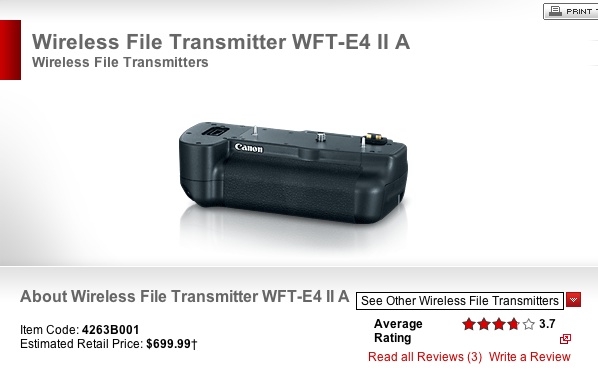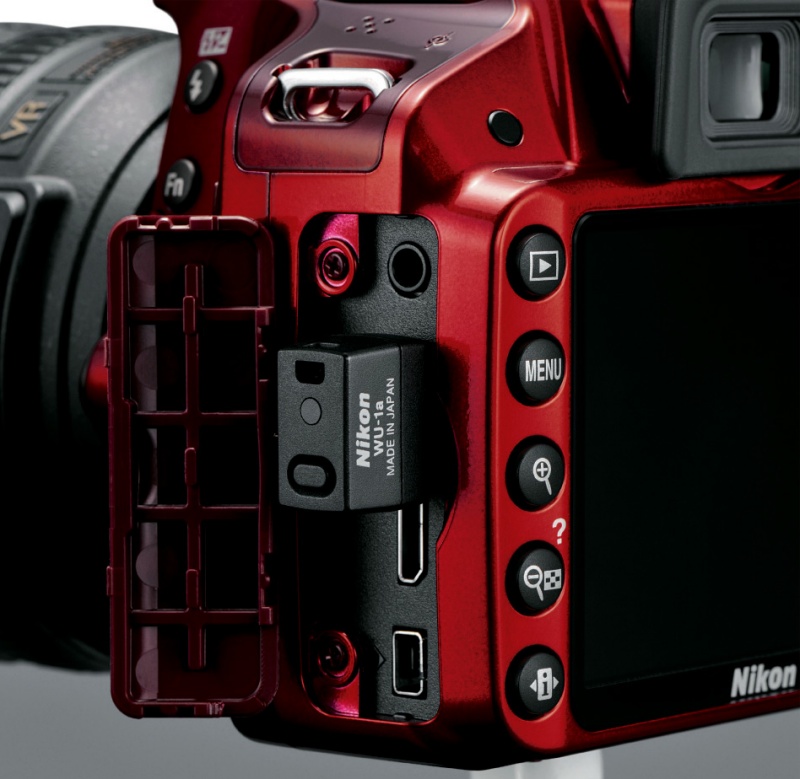Lamentable.
No sooner had my used Nikon D700 arrived in February than I got to setting up the annual studio session to take our boy’s birthday picture.
As Winston is getting pretty hip to photography, aged 10, I thought it would be fun to connect up the MacBook Air to the D700 and import the RAW pictures into Lightroom so that he could immediately see the results. It proved to be a remarkably effective setup, and the near-instant feedback clearly made him a better and more involved subject. After all, the attention span of a ten year old makes most high strung supermodels look like Job himself, by comparison. These were the very first snaps I made on the D700 and you can see the results here.
But what was wrong with this technology is that I still had to run wires between the camera and the laptop.
Now my studio flash is triggered wirelessly using a $20 remote trigger.
The D700 speaks to any number of satellites using a $105 GPS data logger and Bluetooth receiver, telling me the location of a snap within three feet or so.
I can trigger the D700 wirelessly from 100 feet or more away, using a radio transmitter costing all of $23.
My iPhone (camera? free) not only records GPS coordinates but can also send the pictures automatically to iCloud, whence they can be sent to all connected iDevices or Macs.
But try to get images out of the D700 or any other ‘serious’ camera for instant preview on an iPad and you are either broke or SOL.
Broke? Here are the Nikon and Canon options for users of serious gear:

Hose job by Nikon. Can you believe how clunky this is?

Rip-off by Canon. At least it’s not clunky, but forget using your battery pack.
No matter that any number of cheaper point-and-shoots can now accomplish the task for a fraction of those silly-priced gadgets, Nikon and Canon seem determined to sell a few to pros who can justify the cost, rather than millions to enthusiasts who would gladly pay $100-200 for the opportunity of sending snaps wirelessly to their iPad.
Well, someone at Nikon has woken up and the just announced prosumer D3200 APS-C body will accept a new gadget which is actually realistically priced. By the way, you can buy 4-5 D3200s for one D800:

Nikon wifi transmitter for the D3200.
But the good news stops there. One second looking at the following picture tells you the design is awful, sticking out the side where it’s an accident waiting to happen:

Nikon’s design catastrophe. The wifi transmitter installed. Ghastly red body is, mercifully, an option.
But wait, it gets worse. 75% of all tablets sold are iPads. The other 25% are bought by someone, I suppose, but I have yet to see one in use. And that minority runs the Android OS, in half a dozen different versions. Look at what any creative person uses and it’s a dollars-to-doughnuts bet that it will be a Mac and an iPad. So what does Nikon do? Why, release the wifi transmitter in an Android version only. Don’t ask me which version of Android because the press release is silent and don’t ask which wifi protocol because they say even less about that. Knowing the brains trust at Nikon it’s probably 802-11a which went out of use a decade ago. An iOS version? “Later this year” the geniuses in Kogaku aver. Do these people ever get out of the lab?
There is always the Eye-Fi solution I suppose. Coming only in slow, limited capacity SDHC cards, these have a weak wifi transmitter built in which sends your pictures to a remote server using your home wifi, for later retrieval. A local ad hoc (hotspot) network can only be used with the premium-priced X2 Eye-Fi card – $50-130 for 4-8gB. The speed is Class 6, which means 40x, compared to the 400X of a cheaper stock card which is ten times faster. You need ad hoc wifi for when you are not on your home wifi router and just want to send the snaps to the iPad in your backpack while in the middle of the tundra. User comments at Amazon.com suggest that the device is problematic and, of course, forget using it on a D700 which only takes CF cards. Convert using a CF-SDHC adapter? Fughedaboutit. Eye-Fi specifically advises against that and good luck finding a Type I adapter which is the only kind that fits the D700 if you do want to try. Finally, Eye-Fi cards do not work with RAW files, though in fairness, with an iPad, that’s hardly an issue as you want small JPGs for preview purposes.
What is called for is that the vibrant aftermarket, the same which gave me wireless strobe triggering, GPS and a wireless remote release, designs something for $50 which works with iOS, supporting a local ad hoc wifi connection to any device in range and working with any DSLR with a video socket, which is about all of them. I would set my camera to take low quality JPG + RAW files, transmitting the JPGs to my iPad or Mac of choice during the session. Now how hard can that really be? If I can get my GPS position within 36 inches just about anywhere on the planet for $104, why not a small wifi transmitter for a like sum? Hundreds of thousands of enthusiastic pro and prosumer Canon, Nikon and Sony DSLR users would beat a path to the maker’s door. Even if it only came in pink.
Should work fine on my hacked $130 Nook Color with Android 4 – but the mounting is awful.
Well said. Agree totally. I”m in the same position myself at moment.
Bet there be something out of china soon. Hong Kong will have it.
I wanted GPS on my Nikon D300s. Not going to pay £200 + that Nikon wanted. Got far superior system with no wires. Holux M – 1000c GPS logger with Bluetooth. That sits in my
pocket or camera bag with a Aokatec AK – 4N2 bluetooth adaptor that connects to the 10 pin connector on the front of the D300s. Works great. Recommend.
I also got remote control shutter with 100m range by Phottix.
All the above gadgets only cost £115. They never let me down. Check them out or email me for details.
The use of an Aokatech GPS receiver and a remote data logger is addressed at length here. An update appears here.